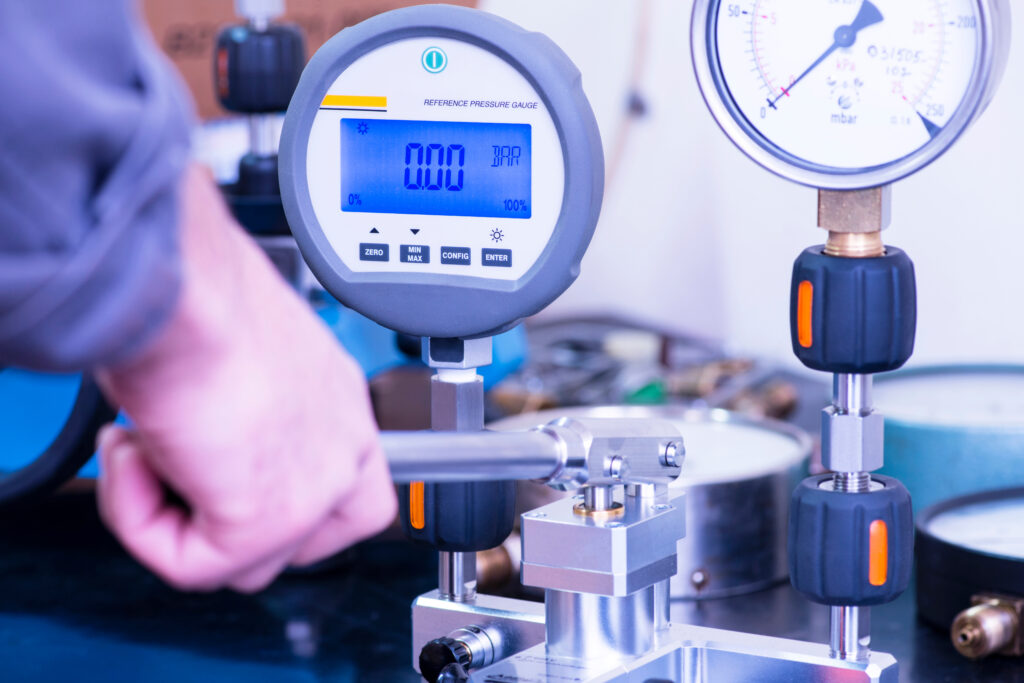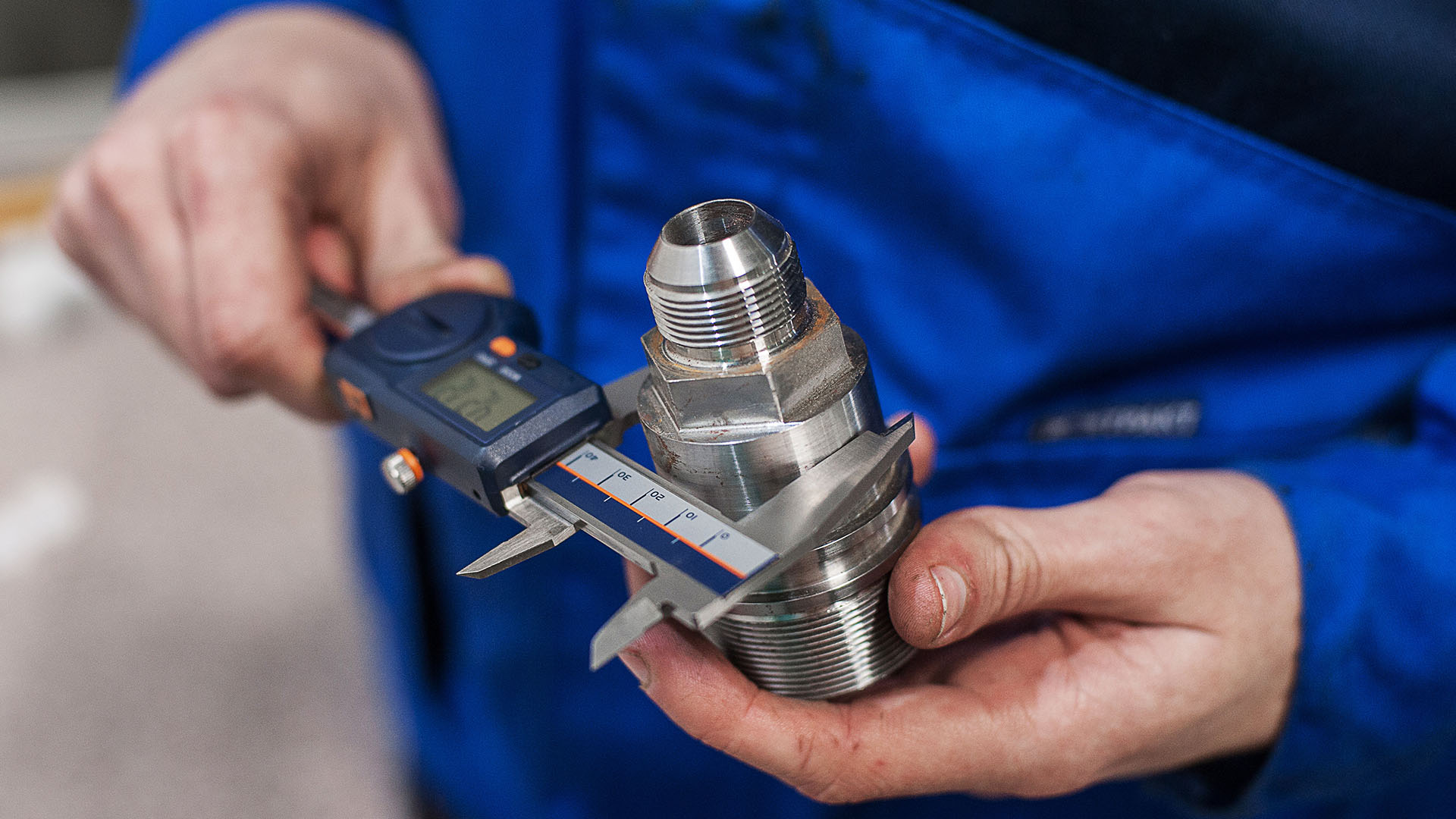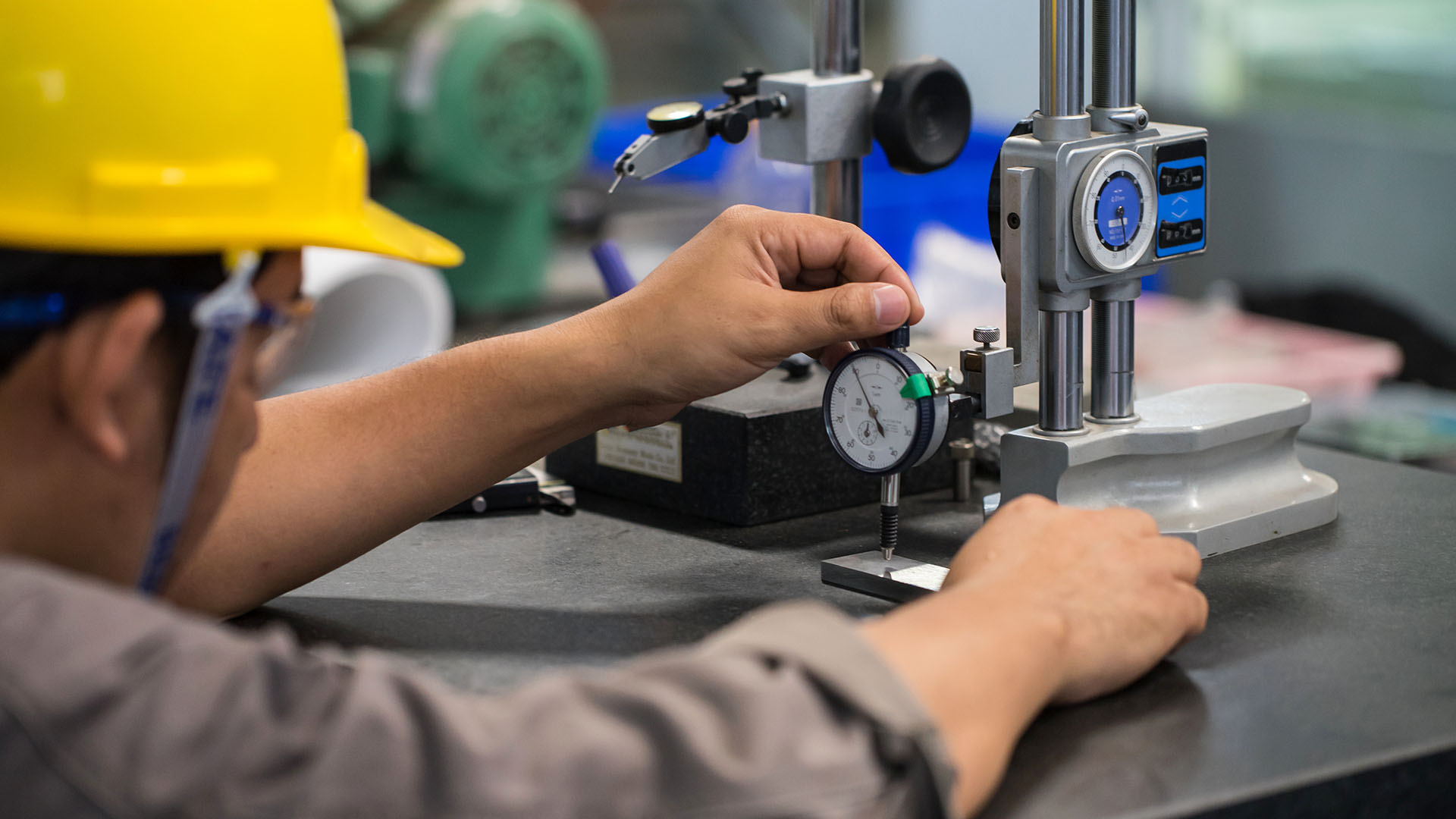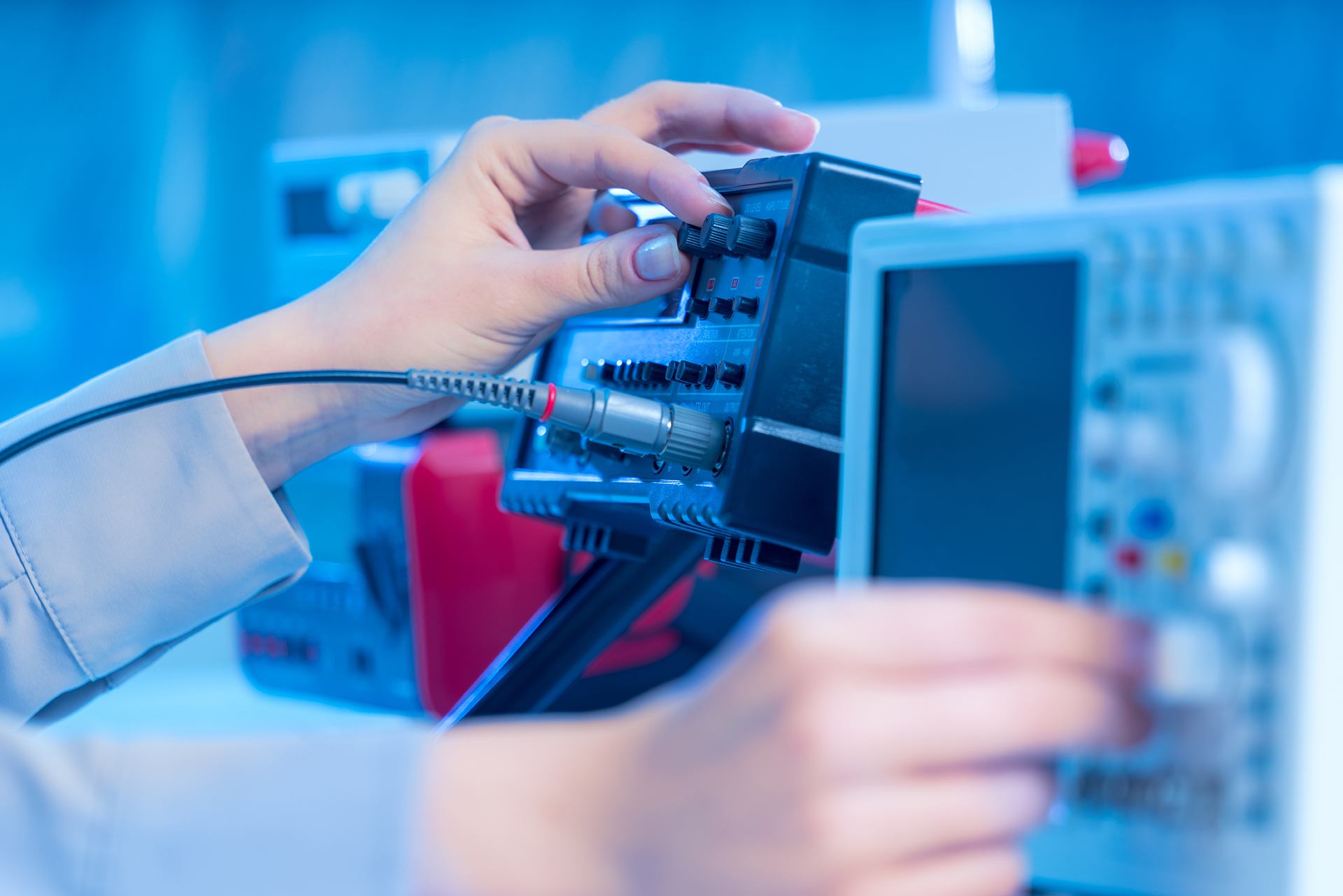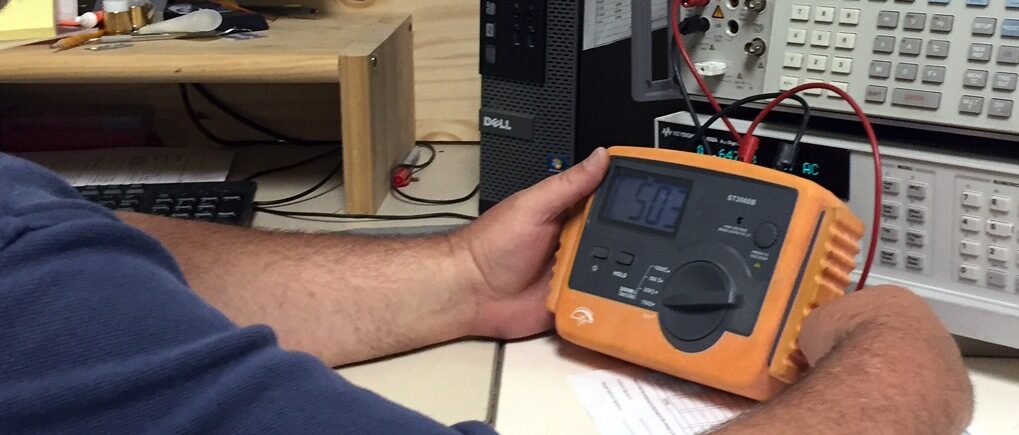Greetings, and welcome to this blog, where we’re setting off on a thrilling expedition into the vital realm of regularly fine-tuning your physical test equipment. We’ll navigate through the landscape of common hurdles faced during equipment calibration service and reveal a treasure trove of expert insights and strategies to guarantee pinpoint accuracy.
Furthermore, you’ll unearth the benefits of joining forces with experienced professionals to cater to your calibration requirements.
As we near the culmination of this adventure, you’ll acquire a deeper understanding of how mechanical calibration standards don’t merely serve external parties but also constitute the robust bedrock of reliability for your testing apparatus.
Safeguarding Precision
Frequent calibration of your equipment can be likened to the meticulous tuning of a musical instrument, ensuring it remains a paragon of precision and unwavering reliability. The calibration guides you on how often to carry out this essential maintenance to uphold unwavering accuracy.
The influence of calibration on accuracy is huge. When you calibrate your gear regularly, you’re fighting measurement mistakes, making sure your results are solid and dependable. Ignoring calibration can bring big problems. Wrong measurements can lead to messed-up products, wasted stuff, and even safety risks.
Why It’s Crucial
To steer clear of problems, you need to get a handle on how calibration works. This means checking, tweaking, and keeping records of how well your equipment is doing. Also, don’t forget about calibration traceability – it’s a big deal. It means your calibration steps can be linked back to important national or worldwide standards, which ensures that your measurements are spot on.
Calibrating regularly is a must if you want to help others by dishing out reliable and spot-on results.
Understanding the Calibration Standards World
You must delve into the regulations that the industry has agreed upon if you want to understand what calibration standards are all about. When it comes to ensuring your physical test equipment is precise and reliable, calibration is a huge concern.
Traceability requirements play a vital role in calibration since they create a documented path of measurements leading back to national or global standards. Meanwhile, calibration intervals indicate how often you should perform checks on your equipment to keep it accurate. Sticking to these intervals is crucial for ensuring your equipment’s precision remains top-notch.
Calibration uncertainty acts like a spotlight on the doubts that can creep into the calibration process, showing us the possible mistakes in our measurements. On the other hand, calibration certificates are the paperwork trail that proves how we did the calibration, what tools we used, what results we got, and how we’re connected to the standards. By getting to know these parts of calibration standards, you’ll be all set to keep your physical test gear super accurate and reliable.
Common Obstacles in Equipment Calibration Service
Ensure that your measurements are precise and reliable while calibrating equipment as this is an issue that frequently arises. Understanding “measurement uncertainties,” which might skew the reliability of your data, is imperative.
You must schedule your calibrations correctly if you want to overcome this hurdle. When to conduct them will be determined by industry standards as well as the particular requirements of your equipment. Maintaining your equipment according to these routines will keep it reliable and sharp over time.
Additionally, keep in mind how crucial traceability is for accurate equipment calibration. It maintains a precise road map of measurements that may be traced back to well-known regional, national, or international standards. This not only increases trust in the precision and durability of the equipment but also keeps everything on course.
Equally important is calibration paperwork. Consider it the report card for your equipment, including the calibration process and the outcomes. It demonstrates that everything is in fine condition.
Mastering the Art of Equipment Calibration
When you put these top-notch methods into action, you’re putting your foot down on making sure your equipment calibration is accurate and dependable. These calibration techniques keep your gear in shape, guaranteeing you get spot-on test results every time.
You should set up regular calibration schedules to stop any drift or wear and tear in your equipment. Keep a record of all your calibration adventures, noting down stuff like when it happened, who did it, and what the results were. This paperwork is like a diary for your equipment, and it helps keep tabs on any tweaks or shifts.
Plus, don’t forget about calibration uncertainty – it’s a bit like considering the margin of error. It helps you figure out how much your measurements might be off and keeps your calibrated equipment trustworthy.
Unlocking the Perks
When you pass the torch and outsource your calibration tasks, you’re in for some sweet gains. You’ll clock in more time and save valuable resources while still getting those precise and rock-solid results. Handing over the reins to these pros means you tap into their specialized know-how and years of experience. With that load off your plate, you can go all-in on what you do best—taking care of your customers and making sure their needs are met.
Outsourcing isn’t just about convenience; it’s a money-saver too. You can bid farewell to the necessity of expensive calibration equipment and staff training. This efficient approach supercharges your productivity and expands your capabilities. Moreover, it’s a safety net against errors – the professionals ensure your equipment is finely tuned, significantly reducing the chances of mistakes or malfunctions.
Furthermore, elite calibration providers adhere resolutely to stringent regulations and benchmarks. This transforms into an unshakable pledge of quality, a rock-solid foundation upon which you can rely without a shadow of a doubt. Bestowing your trust in the experts for calibration unlocks numerous advantages, giving you a competitive edge in providing extraordinary service to your esteemed clientele.
In Summary
Enterprises stand to harvest the rewards of elevated precision, decreased downtime, and a significant surge in productivity by embracing cutting-edge techniques and considering engaging external calibration services.
Never forget the profound importance of calibration; it acts as an essential catalyst that elevates the prowess of your testing procedures, leading to unmatched excellence and peak performance.
Are you prepared to embark on the quest for calibration mastery? Dive in today!
If you’re in pursuit of benefits that come with heightened precision, reduced downtime, and an upsurge in productivity, ponder the prospect of enlisting external calibration services. Don’t undervalue the pivotal role that calibration plays. It’s the cornerstone for extracting optimal results and unsurpassed quality from your testing processes.
Waste no time and connect with EML Calibration without delay to raise your equipment’s precision and reliability to uncharted heights.

